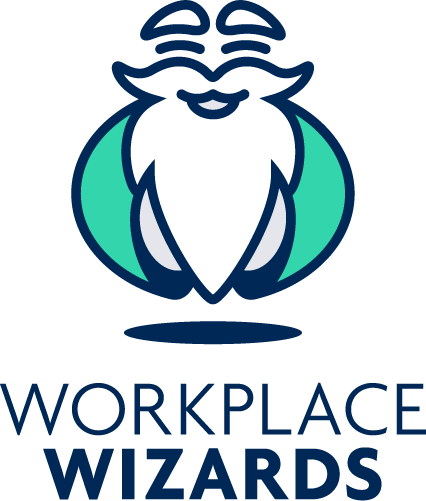In a high paced, short term employment landscape, your onboarding process is incredibly important. Beyond getting a good first impression, new employees want to feel welcomed and comfortable as they come into a new role. In fact, a good employee onboarding process can reduce turnover, reduce inefficiencies, and even improve company-wide productivity and company culture.
In this article, we’ll go over how you can implement a complete onboarding process for your company and deliver a great experience for new employees.
What is an Employee Onboarding Program?
Employee onboarding programs are the set of interactions and processes you go through when onboarding a new employee. This often includes introductions to key people within the company and the people they’ll be working with, training for their role, and helping them get acquainted with processes and company culture. This could look like any number of things, from a guided tour of the office to morning tea with their new team. Anything that will help new hires understand and feel comfortable with their new role and the environment they’ll be working in.
The onboarding process consists of several steps, depending on how your company implements it.
Step One: Preparing colleagues for the new employee
It’s important to make sure those that will be working with the new employee know that they’re coming and understand their role with the new employee. If they’ll be working closely with them, they may need to provide training or show the new employee around.
Ultimately, it’s about making sure new team members are assisted and welcomed on their first day and aren’t left overwhelmed.
Step Two: Preparing the space they’ll be working in
As well as ensuring their desk or workspace is equipped with everything they’ll need, you’ll need to make sure they have proper access to any tools or systems they need. Making sure login details for emails, websites, systems, phone number, and anything else are easily available goes a long way to keeping things moving smoothly on the first day.
Step Three: First introductions
Introducing the new person to others on the team and familiarising them with their co-workers will help break the ice. This is a great time for some informal socialising, while also getting the new employee excited about who they’ll be spending most of their work hours with.
You should also make sure they’re introduced to any key figures within the business, such as HR representatives, managers they’ll be working with, and anyone else they might have to speak to about issues or questions. This will ensure the new employee is familiar both with how things work and who they can and will need to talk to, keeping things moving smoothly in the future.
Step Four: Team lunches and GTKY events
A team lunch or gathering in the first week of employment can go a long way to making sure there is social grease keeping the wheels turning. Social events and Get to Know You (GTKY) events are a great way to break the ice and ensure new employees are relaxed and comfortable with their co-workers.
This event can be a lunch during work hours, a social gathering outside of work, like drinks, or something fun like bowling, or even just a set lunchtime where people bring their lunch to a meeting room and all eat together. As long as it gives you and their team time to learn a bit about each other outside of the interview room and make sure new employees really feel like part of the team.
Step Five: Training and Orientation
Training is an ongoing process, but the first week or so is always the most important. Not only will they need general training to get them up to speed on the specifics of their job, but it’s also your opportunity to set goals and expectations beyond KPIs.
While ideally the new employee will have previous experience in their role, there will always be differences in how your business does things. Processes, values, systems, tools and more can all affect how they work, and without proper training they can be left wondering what they’re doing. You should be able to set aside a decent amount of time for training, both in the first week and in the future.
A great idea is to assign new employees a mentor from their team. This will give them someone they can be sure they’re allowed to ask questions of and who can help them if they’re stuck with new processes and tools.
Step Six: Follow up and progress monitoring
If your business is large it can be easy to lose track of how new employees are progressing. Part of your onboarding process should be to set times and dates for check-ins, to make sure things are going smoothly. It’s a good opportunity to ensure goals are being met, that they’re feeling comfortable, and to make sure they’re feeling like part of the team.
It’s also a good chance to identify any areas they’re doing well in, and where they can continue to grow. There might be opportunities to give them different tasks or training for growth, or it might simply be a good for better understanding of what’s happening within the team and the business.
Step Seven: Add some personal flair
If you’re planning your onboarding process right now, don’t be afraid to throw in a bit of personality. Your onboarding process can form a good chunk of your company culture, so it’s important to give new hires a solid impression of what that looks like.
Remember, onboarding is good for everyone involved, and with a solid onboarding process you can add tremendous value to your business and for your staff in the long run. By following these steps and keeping onboarding in the back of your mind you can create a comprehensive onboarding process that’s beneficial to both your new hires and your company as a whole.
If you would like some help constructing an effective onboarding process, then please contact call Workplace Wizards today on 03 9087 6949 or email at support@workplacewizards.com.au and we will be happy to help!



0 Comments Leave a comment
Comments are closed.